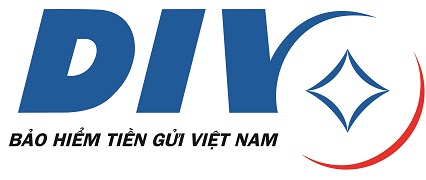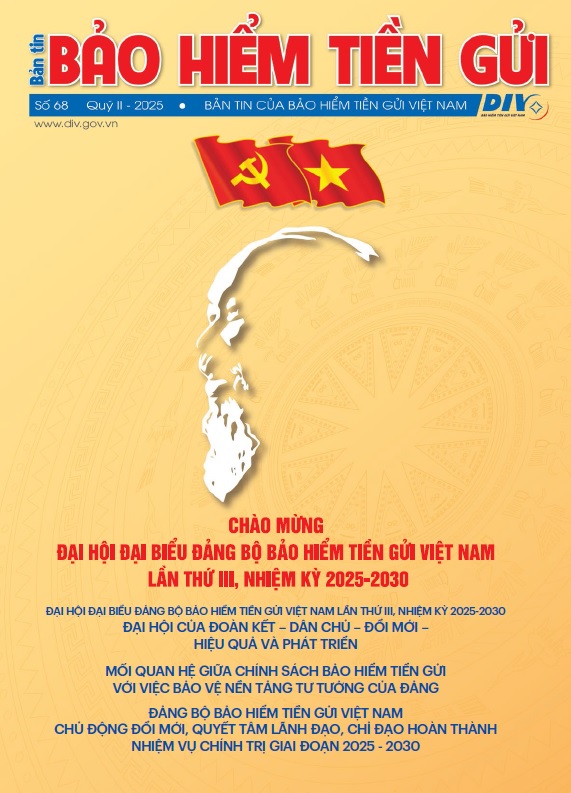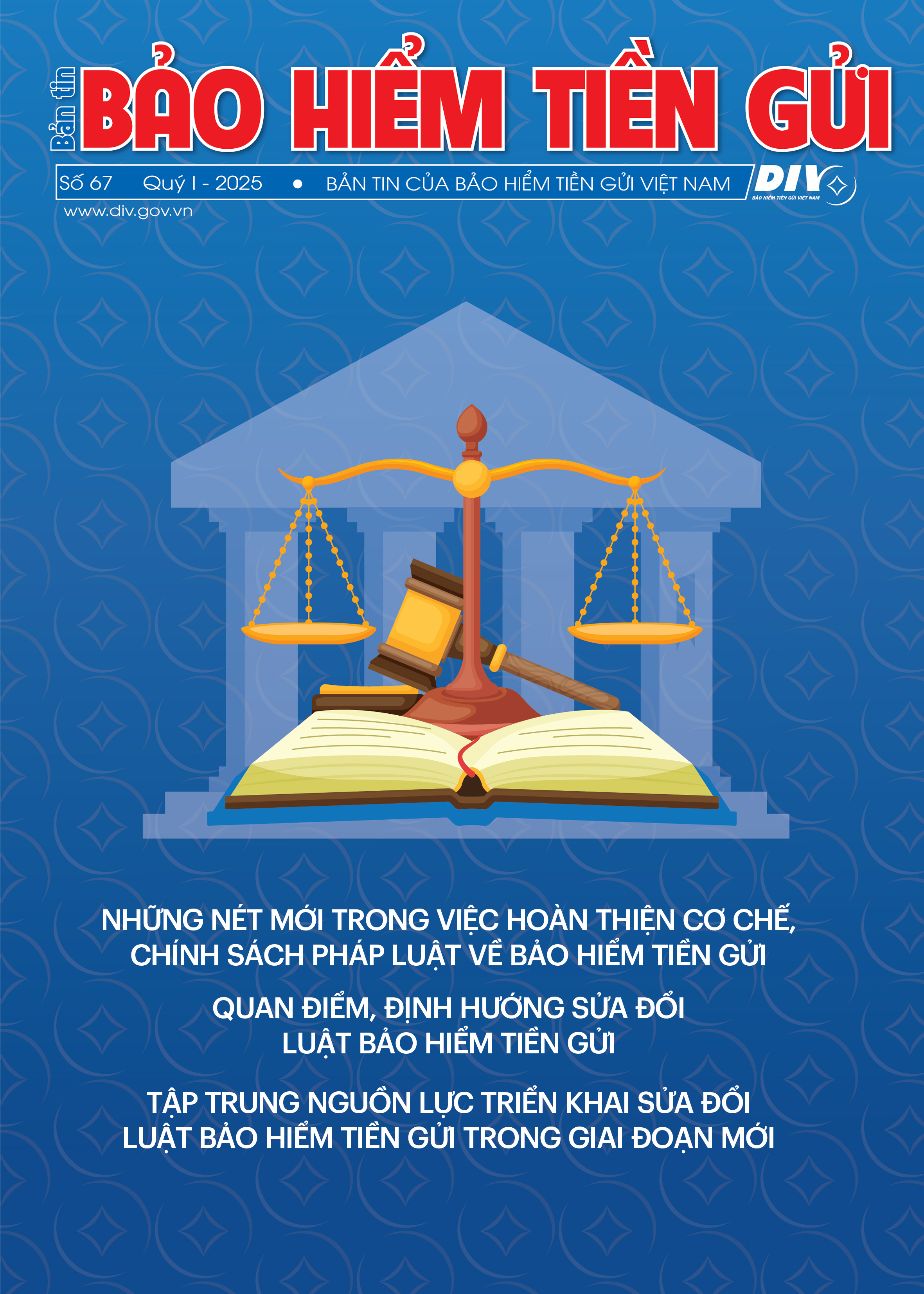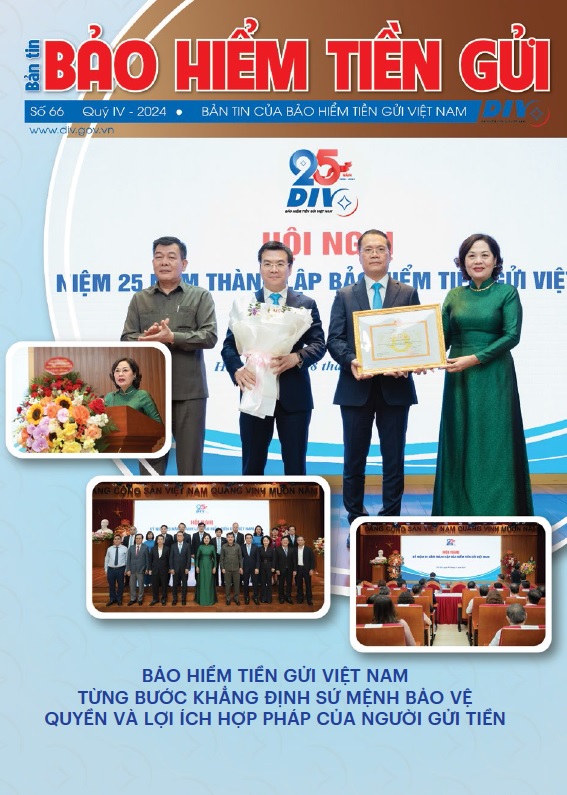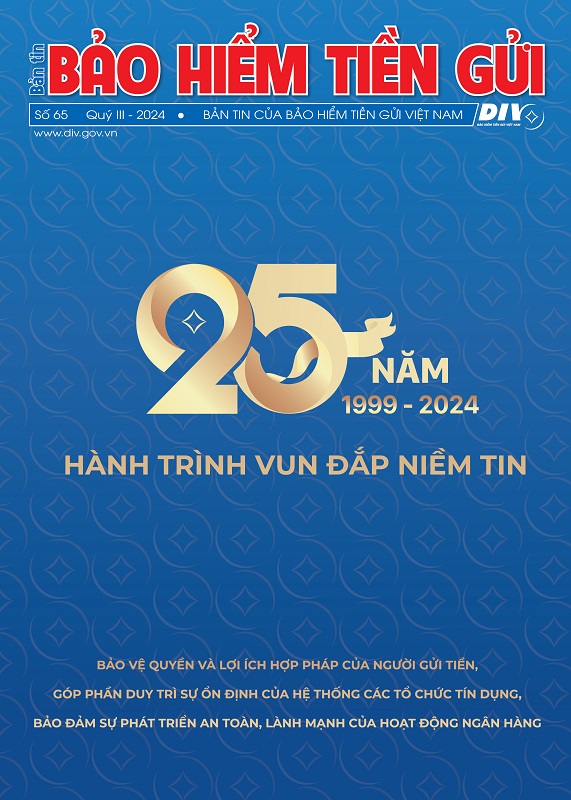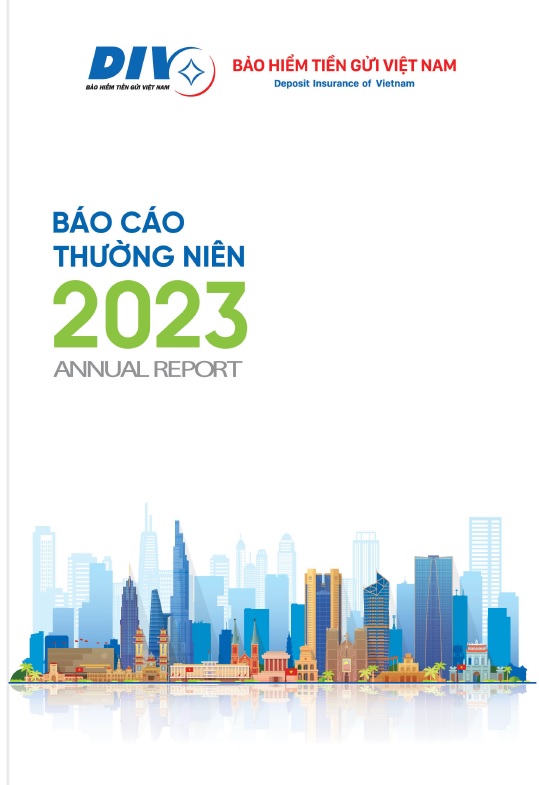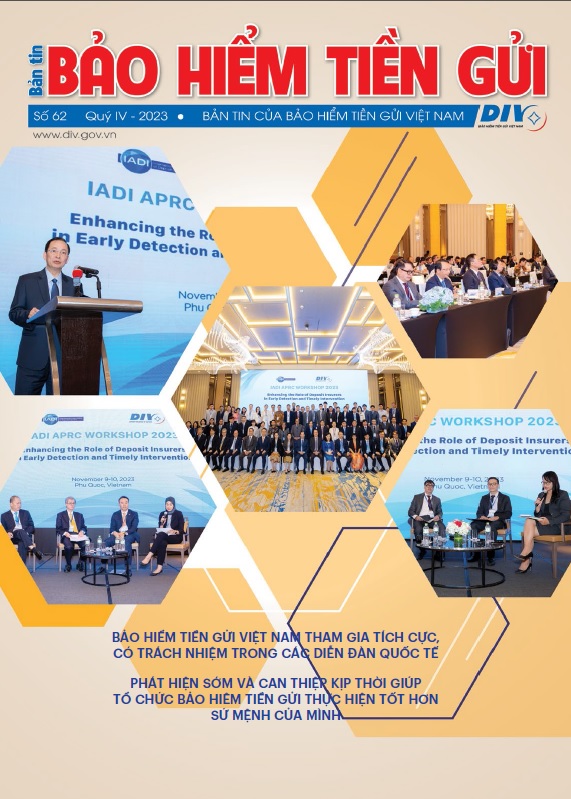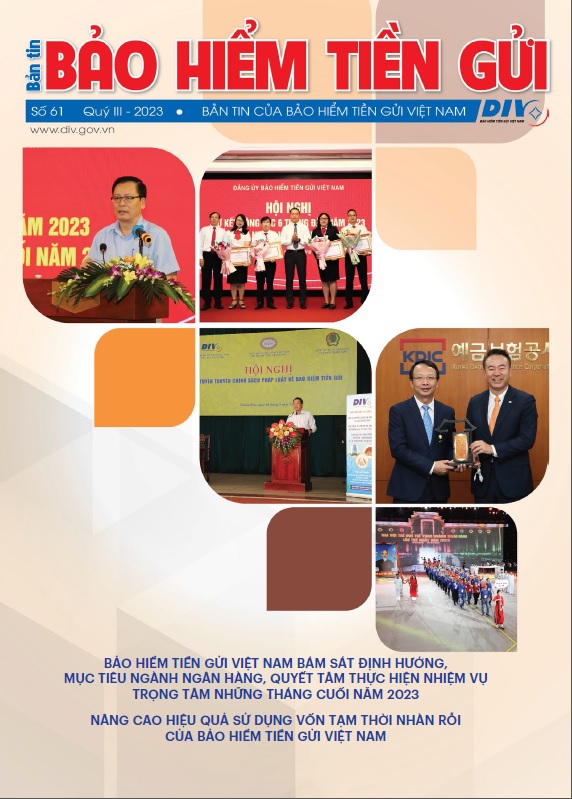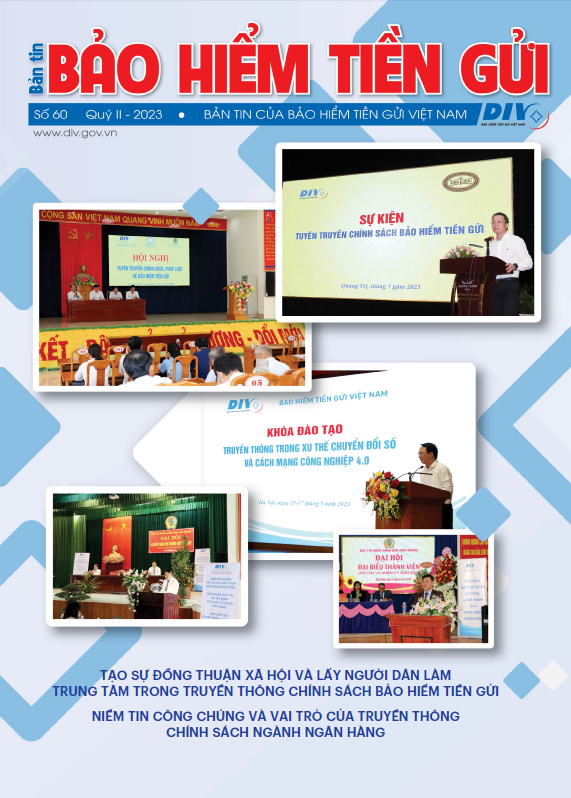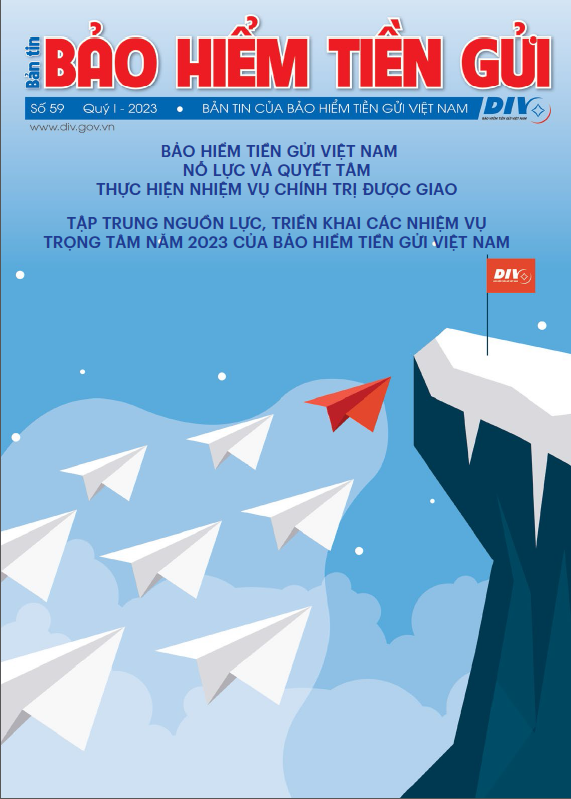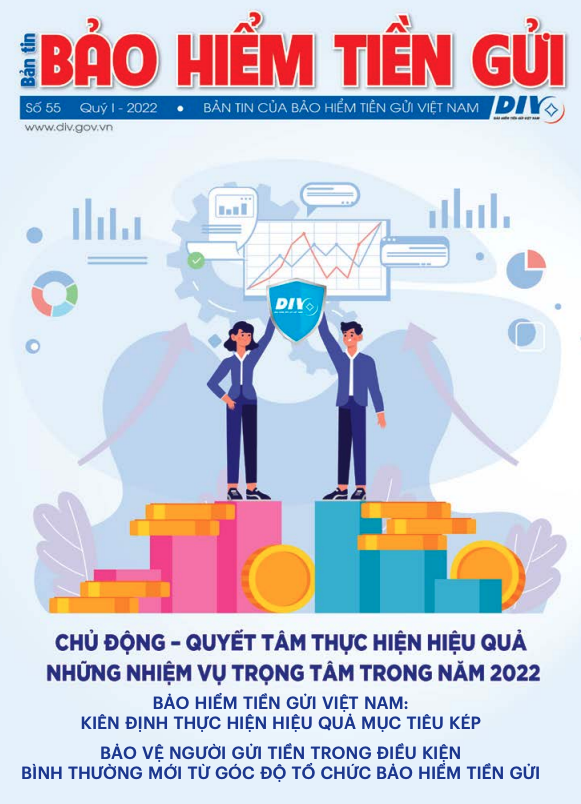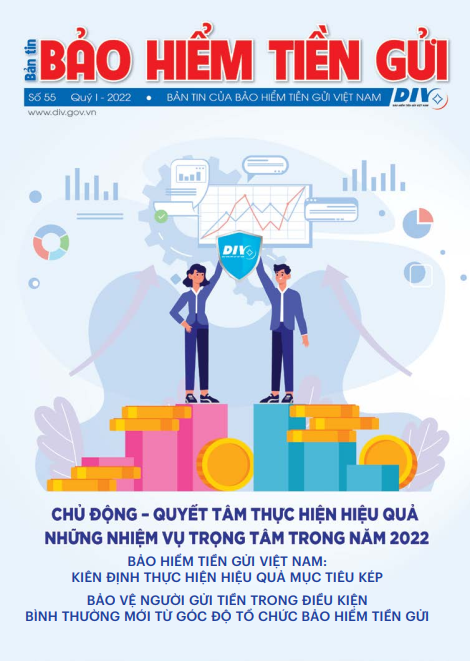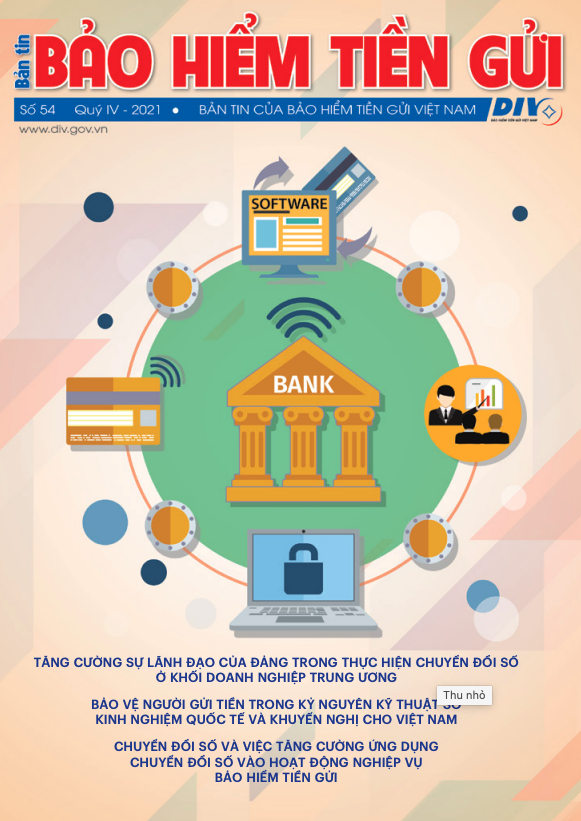Deposit insurance plays an increasingly important role
According to Mr. Nguyen Duc Kien, Vietnam's economic integration process requires changes in monetary policy to regulate the operation of the credit institutions, of which the resolution of failed institutions poses a serious challenge. The mass disruption of credit cooperatives in the early 90s and the aftermath of the Asian crisis 1996-1997 prompted the Government to establish a deposit insurance to protect depositors from potential risks of the banking activities and bring the financial sector under consolidated supervision.
The national strategy to develop the financial monetary market until 2020 defined that along with the State Bank of Vietnam (SBV) which acts as the State agency to implement the Sate management and the National Financial Supervision Committee, the DIV will play an important role in the supervision, protection of the whole financial sector and implementation of monetary policy.
Mr. Nguyen Manh Dung agreed with the above opinion adding that: “The restructuring of credit institution system led to many banks’ exit or merger with stronger banks, which perhaps caused unrest among depositors about the “fate” of their deposits. Develop, as a financial entity, the DIV plays an increasingly important role in protecting the rights of depositors, reinforcing the public confidence in any unpredictable situation of the bank's merger, split or even failure.
A bank is an intermediary institution which mobilizes deposits from people and lends to enterprises. The bank needs to build up prestige in order to mobilize money from the public; Therefore, the public confidence is critical to the operation and survival of the bank.
To be aware of the need of an independent financial entity to strengthen the public confidence in the banking system, on November 9, 1999, the Government established the DIV and sent a message to the public in general and depositors in particular: “In case of bank or depository institution failure, the DIV will act on behalf of the bank to reimburse depositors. This message has assured deposits of depositors about the fate of their deposits at banks”
Mr. Nguyen Manh Dung emphasized that: “Over the last 15 years, the DIV has reimbursed thousands of depositors at more than 20 depository institutions which were closed or dissolved in 20 cities and provinces nationally. The payout was carried out in a quick and precise manner to protect the rights of depositors and enhance the public confidence in the banking system”
Pay attention to risk prevention
The DIV has two mandates: To protect the right of depositors in case of bank failure, however, the second mandate – offsite supervision – is very important because it controls and early detects the risks. Mr. Nguyen Manh Dung indicated that: “The DIV conducts monthly, quarterly and yearly supervision to more than 1200 published institutions including the commercial banks, branches of foreign banks, joint-venture banks, microfinance institutions, cooperative banks and people’s credit funds. On the basis of analyzing data supplied by the public institutions, the DIV will send its warnings to the troubled institutions and at the same time report to the SBV to seek appropriate and timely measures. It will help to prevent storing mistakes which may lead to failure and thus, actively protect the rights of depositors.
In his comments about the effectiveness of the DIV, Mr. Nguyen Duc Kien highlighted: “The most successful contribution of DIV over the last 15 years is to build up the confidence of depositors, thus reinforcing the message: “The rights of depositors are immune from any risk of which may happen to credit institutions”. The adoption of the Law on DI by the National Assembly also recognized the effectiveness of DIV. This is the legal basis to enhance the position of DIV in the national financial safety net, simultaneously legalize the role of DIV, along with the SBV, in the process of credit institutions supervision under the guideline “prevention is better than cure”. DIV’s monthly and quarterly offsite supervision to detect and send warnings to troubled institutions will maintain the stability of the credit institution and best protect the legitimate rights of depositors.
The policy’s concerns and recommendations
Besides the achievements, the implementation of DI policy revealed several constraints which undermined the interests of depositors and the public institutions. The two most dominant issues are the DI premium and coverage limit.
According to Mr. Nguyen Manh Dung, the coverage limit of 50 million VND used since 2005 is too low and no longer appropriate with the current economic situation. The statistics and surveys show that in fact, there are plenty of hundreds of millions or billions VND deposits due to the relatively high living-standard and GDP per capita, whereas the low coverage limit fails to protect depositors and undermines the mobilization of the idle capital , causes unrest when the credit institutions are in trouble.
Mr. Nguyen Manh Dung stressed that: “The current limit needs to be altered to be appropriate with the current reality and meet the expectations of depositors. In the meantime, the DIV is considering and calculating the limit to report to the SBV, then SBV will submit to the Prime Minister. created, the coverage limit would be made higher in accordance with the macroeconomic data, expectations of depositors, thus create favorable conditions for the banks in mobilizing the idle capital from the public.
Mr. Nguyen Duc Kien indicated that there is no “one-size-fits-all” standard for the coverage limit because it depends on economic growth, GDP per capita, average balance of a deposit account. For example, Malaysia's, Korea's and Indonesia's coverage limit is set about 4-10 times higher than GDP per capita. In Vietnam, since 2007, the economy has experienced uncertainty because of the unstable macroeconomic performance. The increasing GDP per capita (almost 2000$ in 2013) undoubtedly gives rise to adjusting the coverage limit towards higher to keep up with the reality and protect better depositors.
They both agreed that the flat premium rate of 0.15% applied to all announced institutions is unfair and fails to create an impartially competitive environment among credit institutions. Furthermore, the flat rate cannot create an impetus for banks to improve their performance to enjoy better premium as defined by their credit ratings. The premium should be based on the assessment, rating of the credit institutions taking into consideration their performance, risk profile, prestige, etc.,.
SBV, as a State management agency, is granted by the Law on DI to announce the assessment and rating of the credit institutions, thereby defining an appropriate premium rate for each institution. In 2012, the SBV publicized the list of institutions which are allowed to mobilize capital from the public under the limit of 10-16%. Nevertheless, Mr. Nguyen Duc Kien thought the SBV should conduct this assessment more often to provide the DIV with the basis to propose the premiums which are consistent with the international practice as well as the market economy in < st1:country-region w:st="on">Vietnam.
They both agreed that in order to reform DI policy, the Law on DI should be enforced effectively. The related agencies like the SBV and DIV are required to take proper responsibilities. Additionally, the cooperation mechanism, responsibility allocation, regulations on information disclosure and sharing should be thoroughly defined. The SBV should make the bylaws to guide the implementation of several issues that the Government is authorized to handle. DI policy, therefore, will promote its important role in the social economic life of the country, as guided by the objectives of the Party and the State – that is to assure the people for sustainable development.
